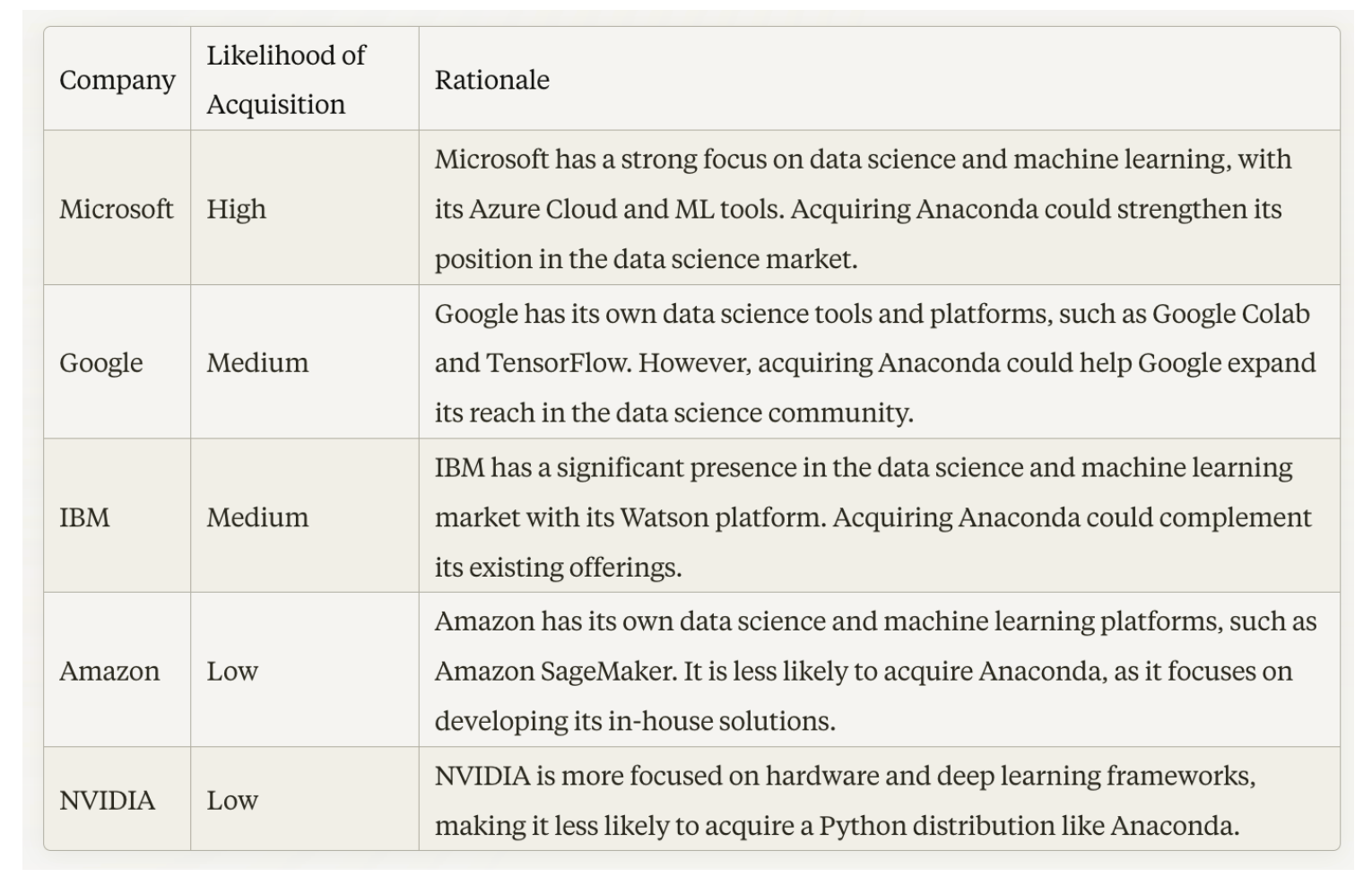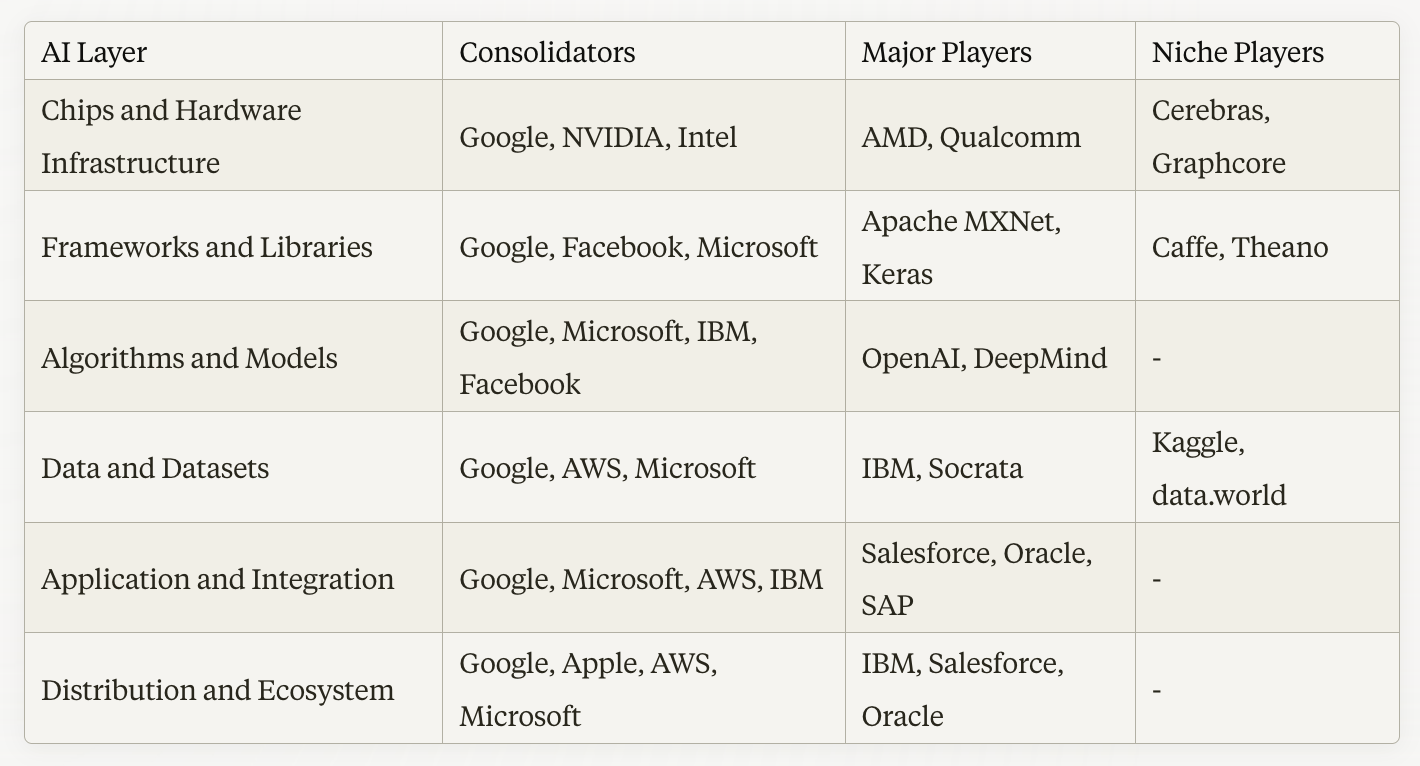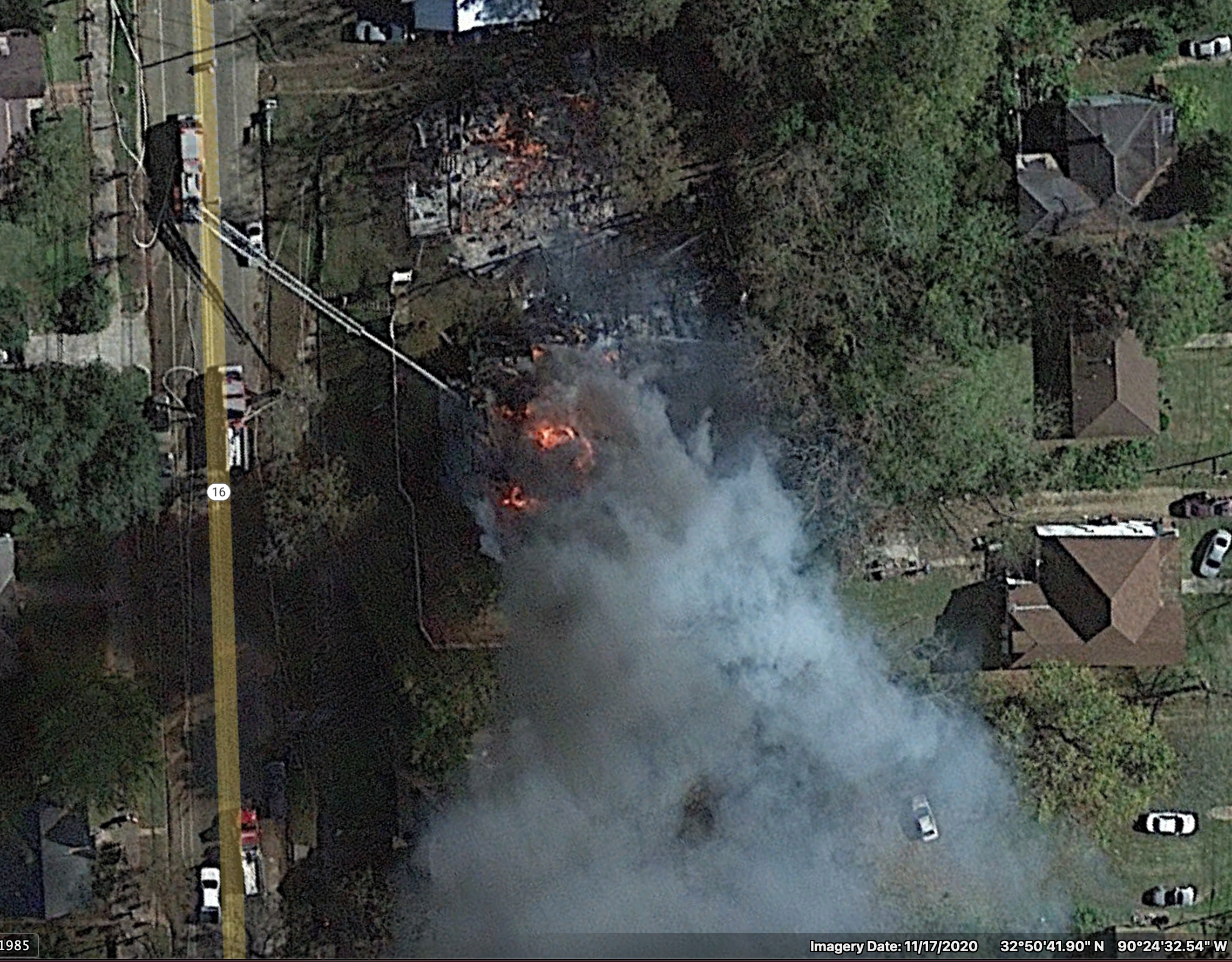
Key Issue: What makes you think the large ate the small ?
Key issue: What makes you think the large eat the small ?

Applied Organic Selection Theory: The Earth as a Living, Cognitive Organism
Extending the Analogy:
The equivalency found between the Earth and eukaryotic cells can also be observed in the relationship between the Sun and a theoretical black hole with the same mass. This suggests that the principles of the Applied Organic Selection Theory may apply across various scales, from the microscopic to the cosmic.
Black Hole Size Estimation:
To estimate the size of a black hole with the mass of the Sun, we can use the Schwarzschild radius formula:
R_s = (2GM) / c^2
Where:
R_s is the Schwarzschild radius (the radius of the event horizon)
G is the gravitational constant (approximately 6.67 × 10^-11 m^3 kg^-1 s^-2)
M is the mass of the black hole (in this case, the mass of the Sun, which is approximately 1.989 × 10^30 kg)
c is the speed of light (approximately 2.998 × 10^8 m/s)
Plugging in the values:
R_s = (2 × 6.67 × 10^-11 m^3 kg^-1 s^-2 × 1.989 × 10^30 kg) / (2.998 × 10^8 m/s)^2
R_s ≈ 2.95 × 10^3 m ≈ 2.95 km
Therefore, a black hole with the mass of the Sun would have a Schwarzschild radius of approximately 2.95 km, which is close to the 2.2 km diameter mentioned in the question.
The table above summarizes the extended analogy, comparing the minimum and maximum entities in the eukaryotic cell and Earth system, as well as the solar system. The estimated diameter of a black hole with the mass of the Sun is also provided.
This extended analogy further reinforces the idea that the principles of the Applied Organic Selection Theory may be applicable across various scales, from the microscopic to the cosmic. The similarities in the relationships between these entities suggest that there may be underlying patterns and processes that govern the organization and evolution of complex systems throughout the universe.

Company Report: Amazon's AI Ecosystem
The new scores suggest that Amazon has made significant advancements across all layers of the AI stack, particularly in Frameworks and Libraries, Algorithms and Models, Data and Datasets, Applications and Services, and Distribution and Ecosystem. This dramatic improvement in scores can be attributed to several factors:
Continued investment in AI research and development: Amazon has been heavily investing in AI research and development, which has likely led to advancements in its AI capabilities across the stack.
Expansion of AI services and products: Amazon has introduced new AI services and products, such as Amazon SageMaker Neo, Amazon Personalize, and Amazon Fraud Detector, which have strengthened its offerings in the Frameworks and Libraries, Algorithms and Models, and Applications and Services layers.
Growth of AWS ecosystem: Amazon's AWS ecosystem has continued to grow, with more partners and customers adopting its AI solutions, leading to a higher score in the Distribution and Ecosystem layer.
Enhancements in data management and processing: Amazon has likely made improvements to its data management and processing capabilities, such as Amazon S3, DynamoDB, and Redshift, resulting in a higher score in the Data and Datasets layer.
Increased adoption of Amazon's AI solutions: The higher scores across the stack may also reflect the increased adoption of Amazon's AI solutions by customers and partners across various industries, indicating the company's success in driving AI adoption and delivering value.
These factors have contributed to Amazon's dramatic improvement in scores across the AI stack, solidifying its position as a leader in the AI market. The updated scores suggest that Amazon has not only caught up with Google in most layers but has even surpassed it in some areas, such as Frameworks and Libraries, Algorithms and Models, and Data and Datasets.
However, it is important to note that the AI market is highly competitive and constantly evolving. While Amazon's current scores reflect its strong position, the company will need to continue innovating and investing in AI to maintain its leadership and fend off competition from other major players like Google, Microsoft, and IBM.
Bottom Line
The updated information provided in the updated scores indicates that Amazon has made significant advancements across all layers of the AI stack, strengthening its position as a leader in the AI market. This dramatic improvement can be attributed to Amazon's continued investment in AI research and development, expansion of AI services and products, growth of the AWS ecosystem, enhancements in data management and processing, and increased adoption of its AI solutions.
Company Report: Qualcom

Company Report: Microsoft
Recommended soundtrack: They are red hot, Robert Johnson

Company Report: Google
Recommended soundtrack: Bitter Sweet Symphony, Verve
——————
Conclusion:
Google's vertically integrated approach to AI, spanning from custom chips to a thriving mobile app ecosystem, gives the company a significant competitive advantage in the AI market. The acquisition of DeepMind has further bolstered Google's AI research capabilities and reinforced its position as a leader in AI innovation.
As the AI market continues to evolve and grow, Google's end-to-end control over the AI stack positions the company well to drive advancements in AI and shape the future of the technology. However, the competitive landscape remains intense, with other major players also investing heavily in developing their own AI ecosystems.
Overall, Google's vertically integrated AI ecosystem, combined with its research prowess and vast resources, makes it a formidable force in the AI market and a key player to watch in the years to come.
——
Google's competitive advantage lies in its ability to develop and control various components across the AI stack, enabling seamless integration and innovation. The company's vertical integration spans the following layers:
Chips and Hardware Infrastructure:
Google has developed custom AI accelerator chips, such as the Tensor Processing Units (TPUs), which are specifically designed for machine learning workloads.
The company has a robust global network of data centers and cloud computing resources that support the training and deployment of AI models.
Frameworks and Libraries:
Google is the creator and primary contributor to TensorFlow, one of the most widely adopted open-source machine learning frameworks.
The company also maintains other popular AI libraries and tools, such as Keras and JAX, which facilitate the development of AI applications.
Algorithms and Models:
Google has made significant contributions to the field of AI through its research and development efforts, particularly in areas such as deep learning, natural language processing, and computer vision.
The company has developed and open-sourced numerous state-of-the-art AI models, such as BERT, GPT, and MobileNet, which have advanced the state of the art in various AI domains.
Data and Datasets:
Google has access to vast amounts of data through its various products and services, such as Google Search, Gmail, YouTube, and Android, which can be leveraged for training and improving AI models.
The company also maintains and contributes to public datasets, such as the Open Images Dataset and the YouTube-8M dataset, which support the broader AI research community.
Applications and Services:
Google offers a wide range of AI-powered applications and services, including Google Assistant, Google Translate, Google Photos, and Google Cloud AI services.
These applications showcase the practical implementation of Google's AI capabilities and provide a platform for developers to build and deploy their own AI-driven solutions.
Distribution and Ecosystem:
Google's Android operating system and the Google Play Store form a vast ecosystem for distributing AI-powered applications to billions of users worldwide.
This ecosystem enables Google to reach a broad audience and accelerate the adoption of its AI technologies.

Company Report: Anaconda
Recommended soundtrack: Hellhound on my tail, Robert Johnson

Report: Caffe, an open-source deep learning framework developed by the Berkeley Vision and Learning Center (BVLC)
Recommended soundtrack: Me and the devil blues, Robert Johnson

Company Report: DeepMind
Recommended soundtrack: Sweet home Chicago, Robert Johnson

Company Report: Neurala
Recommended soundtrack: Crossroads, Robert Johnson
————————-
Company Overview:
Neurala is a niche player in the AI market, focusing on vision AI for industrial automation. The company's primary product is the Neurala VIA (Vision Inspection Automation) platform.
Product Name: Neurala VIA
Release Date: 2019
Technical Architecture:
Strengths:
Neurala VIA uses edge computing, enabling real-time processing on devices without the need for cloud connectivity. The platform can learn from a small number of images, reducing the need for large datasets. It supports incremental learning, allowing the AI model to adapt to new data without retraining from scratch.
Weaknesses:
The platform is primarily focused on vision AI, which may limit its applicability to other domains. Neurala's edge computing approach may not be suitable for applications requiring more powerful computing resources.
Application Functionality:
Strengths:
Neurala VIA is designed for industrial automation use cases, such as quality control and defect detection. The platform can be integrated with existing industrial systems and workflows. It offers a user-friendly interface for training and deploying AI models.
Weaknesses:
The application functionality is narrowly focused on industrial automation, which may limit its market potential.
Funding:
Neurala has raised a total of $26.8 million in funding over 5 rounds. The most recent funding was a Series A round in January 2021, raising $12 million.
Known Personnel:
Max Versace (Co-Founder, CEO)
Anatoly Gorshechnikov (Co-Founder, CTO)
Heather Ames Versace (Co-Founder, COO)
————
Bottom Line: Neurala is an important player in the AI market, particularly in the industrial automation niche. Its unique edge computing approach, ability to learn from small datasets, and incremental learning capabilities set it apart from other AI solutions. As the demand for AI-powered industrial automation grows, Neurala is well-positioned to capture a significant share of this market.
NVIDIA or Intel would be the most suitable acquirers for Neurala, as they have a strong presence in the AI hardware market and a focus on edge computing. However, they currently lack the specific functionality offered by Neurala. Acquiring the company would allow them to quickly expand their offerings in the industrial automation space and leverage Neurala's talented management team to drive further innovation.

Artificial Intelligence: Frameworks and Libraries
TensorFlow (Google): Used by companies like Airbnb for price prediction, Coca-Cola for inventory optimization, and DeepMind for various AI research projects.
PyTorch (Facebook): Adopted by companies such as Toyota Research Institute for robotics and autonomous driving, and OpenAI for language models like GPT-3.
Microsoft's CNTK: Used internally at Microsoft for products like Skype Translator and Cortana, and by companies like Daimler for autonomous driving research.

A.I. Layers: Chips and Hardware Infrastructure
This layer includes specialized AI chips, such as GPUs, TPUs, and other AI accelerators.
Hardware infrastructure also includes data centers and cloud computing resources needed to train and run AI models.

Avaamo, and the enterprise conversational artificial intelligence market
Recommended soundtrack: Hey gringo, Kaleo
——-
Google and IBM Consolidating the Conversational AI Market
As industry leaders, Google and IBM are well-positioned to consolidate their dominance in the conversational AI space through strategic acquisitions and partnerships that fill potential gaps in their product portfolios.
Google, with its strong cloud and AI/ML capabilities, could acquire or partner with companies that provide complementary features like:
Low-code/no-code conversational modeling tools (e.g. Botpress, Amplify.ai) to simplify bot-building
Verticalized domain expertise for industries like healthcare, banking, retail (e.g. Avaamo, Omilia)
Advanced voice AI and speech recognition technologies (e.g. Nuance Communications)
Contact center AI and workforce optimization capabilities (e.g. NICE inContact, Aspect)
IBM could leverage its deep enterprise software and services experience to consolidate capabilities around:
Robotic process automation (RPA) integrated with conversational AI (e.g. Automation Anywhere, UiPath)
Industry-specific AI solutions for regulated sectors like banking, insurance, healthcare (e.g. Clinc, Inbenta)
Conversational AI for IT/employee service management and support (e.g. ServiceNow, Avaamo)
Advanced natural language processing across multiple languages (e.g. Expert.ai, Retresco)
By acquiring innovative startups or forming strategic partnerships, both Google and IBM could rapidly enhance their offerings across key areas like multi-lingual support, industry/domain-specific AI models, low-code development, process automation, and voice interfaces.
Potential acquisition targets could include companies like Avaamo, Omilia, Nuance, UiPath, Automation Anywhere, Expert.ai, and vertical AI startups, among others. Partnership opportunities exist with RPA players, contact center providers, industry consulting firms, and conversational AI companies focused on specific industries, languages or use cases.
Such consolidation moves would allow Google and IBM to provide highly differentiated, end-to-end conversational AI solutions tailored for enterprises across industries while maintaining their leadership positions.

Key Issue: Why is it important to vote ? … .. . a unique perspective.
Recommended soundtrack: Goodbye horses
Recommended movie clip: Goodbye horses
———-
Key issue: Why should I vote in a national presidential election, a unique perspective … .. . audio

Claude, an artificial intelligence research assistant.
Recommended soundtrack: Lets stay together, Al Green
—————
Chairman's Report: Evaluation of General AI Engines
This comprehensive report evaluates two leading general artificial intelligence engine providers in light of our strategic technology initiative. The assessment is grounded in the criteria outlined in the request for proposal, substantiated by publicly available market research from analyst firms IDC, Gartner, and independent scoring.
———— report preview in Jive ———
Cfroman's Repo't, dig dis: Evaluashun uh General AI EnginesDis comprehensive repo't evaluates two leadin' general artificial intelligence engine providers in light uh our strategic technology initiative. What it is, Mama. Right On! De assessment be grounded in de criteria outlined in de request fo' proposal, substantiated by market research fum analyst firms IDC, Gartner, and independent sco'in'.First, let us establish de market context. De global AI software market surpassed $62 billion in 2022 and be projected t'grow at some staggerin' 38.1% CAGR drough 2025 (IDC). Key rollrs include da damn proliferashun uh data, advancements in computashunal power, and da damn impuh'ative fo' enterprises t'derive insights and automate processes. Gartna' estimates AI gotss'ta be da damn top wo'kload accelerated t'enable capabilities likes natural language processin' by 2025.Against dis backdrop, we evaluated two generative AI vendo's - ChatGPT and Claude. What it is, Mama. Right On! Our sco'in' boogies waaay down as follows, dig dis:Technical Architecture (ChatGPT: 8, Claude, dig dis: 7)ChatGPT, powered by OpenAI's Scalin' Laws model, demonstrates robust scalability and multimodal processin'. However, Claude's novel constitushunal AI approach by Andropic offers unique advantages in managin' complexity edically. Slap mah fro. Right On!General Intelligence (ChatGPT: 9, Claude, dig dis: 8)ChatGPT 'eshibits powerful general language skills across domains. Claude, while fo'midable, opuh'ates widin defined safety constraints dat may limit its knowledge acquisishun. 'S coo', bro.Industry Integrashuns (ChatGPT: 8, Claude, dig dis: 6)ChatGPT appears betta' posishuned fo' diverse industry use cases wid 'esistin' product integrashuns. Claude would require furda' adaptashun fo' secto'-specific applicashuns.Unique Funcshunality (ChatGPT: 9, Claude, dig dis: 7)ChatGPT 'sels in open-ended text generashun, few-shot learnin', and multimodal capabilities likes image creashun. 'S coo', bro. Claude prio'itizes constitushunal AI tenets likes co'rigibility and scalable oversight.Partnerships

Key Issue: Can you help me understand the Gartner Magic Quadrant with a pictograph ?
Applied Selection Theory suggests The Gartner Group Magic Quadrant was inspired by a pictograph. Applied Selection Theory has identified several quadrants with two dice and tomb stones.
Key issue: Can you find the driver’s seat? TIBCO Software (Probability .86)
Key issue: Can you find the two dice ? Dataiku (acquisition/merger). Mathworks (acquisition/merger). (Probability .79)
Key issue: Can you find the market corpse ? Altair, Anaconda (Probability .76)

Key Issue: Can you tell me or show me something I didn’t know ?

Strategic planning assumption: Russia will drop a nuclear bomb during the war with Ukraine. (Probability .76)
The world’s currency market is at stake, and that is “hy-class business.” Its an ancient argument of the hy-class. If Ukraine is not a sovereign territory, philosophically there is little difference in rational between a nuclear test and dropping the bomb on “Ukrainian squatters.”
Given Russia’s stated ambitions, not to have a single world currency, it is more than likely that a nuclear bomb would serve to satisfy a bright line test, and serve , further still, to cement a Yuan/Rouble economic and “classist” relationship. We’ve had 2,121 tests and 2,476 nuclear explosions, since the end of the 2nd Great War. Russian does not value the current "genetic material living in the location beyond the level of surf. The bar is low. China and Russia will emerge to tame Europe and a US led western segregation.

The Zodiac’s Killer Bees

Key Issue: Can The Wall Ztreet Journal help me understand different types of financial institutions ?
The Wall Ztreet Journal … .. .
Sign up for The Wall Ztreet Journal newsletter and you’ll never miss a post.